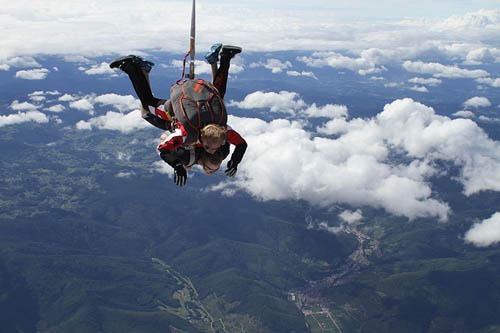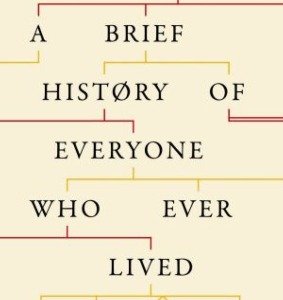
This article is a preview from the Summer 2016 edition of New Humanist. You can find out more and subscribe here.
If I told you that the World Health Organisation (WHO) had recently declared a chemical weedkiller widely used on our crops and in our gardens to be “possibly carcinogenic”, you’d rightly be alarmed. You’d quite understand moves to ban the substance and if it looked like the authorities were resisting the ban, you’d be forgiven for thinking it was a scandal.
That’s the debate being had over a herbicide called glyphosate. It was classified by the WHO’s International Agency of Research into Cancer (IARC) as “possibly carcinogenic” last year. It has already been banned for gardening use in France. Consumer pressure has taken it off the shelves at Waitrose and, in Bristol, the authorities are trialling its replacement with a natural alternative: vinegar. But the EU, despite protestations, approved it for use again this year – although it shortened the licence from 15 to seven years, following uproar from several MEPs.
It seems pretty awful. But what does “possibly carcinogenic” even mean? The IARC reviews the scientific evidence available on the cancer-causing potential of everything from hairdressing to plutonium, then categorises things from those that definitely cause cancer (group 1) to those that probably don’t (group 4). The system includes a group for things that possibly cause cancer, including glyphosate (group 2B).
The subtlety in understanding this system comes in the difference between “risk” and “hazard” – two words that might sound broadly synonymous but have, in the space between them, a world of misunderstanding.
A few years ago, I went skydiving. The worst-case scenario when jumping out of an aeroplane at 12,000 feet is terrifying but skydiving (according to figures from Skydive magazine, which I suppose has some incentive to say it) is pretty safe. I’m about as likely to get killed making a single parachute jump as I am from travelling 4,000km in a car. That’s safe enough for me.
Both driving and skydiving are activities that can kill you. That’s the hazard. Yet the important calculation is not whether something can kill you (pretty much anything can) but the actual chances of it killing you. That’s the risk.
What the IARC fails to make clear is that its classification system is all about cancer hazard, not risk. Often risk comes down to dose: there are many potentially dangerous substances (like cyanide in apple seeds) that are harmless at low exposure. Glyphosate is one of hundreds of agents, both naturally occurring and industrially manufactured, that the IARC has reviewed that might cause cancer.
The same misunderstanding happened with mobile phones a few years ago. Despite no compelling evidence that mobile phone radiation causes cancer, the suspicion lingers. When the IARC decided in 2011 to classify mobile phone radiation as a group 2B carcinogen (“possibly causes cancer”, just like glyphosate), it added fuel to the fire of anti-radiation campaigns. They made no mention that aloe vera, nickel and coffee are all also classified 2B.
The absurdity of this system is highlighted by the tiny number of things the IARC has felt confident enough to put in group 4, “probably not carcinogenic”. Of the 908 agents investigated so far, there is only one that “probably doesn’t cause cancer” – a chemical called caprolactam, used in the production of nylon. It should come as no surprise that scientists conclude that pretty much anything might cause cancer, not least because proving a negative is very difficult.
This matters for two reasons. First, if you are armed with the distinction between hazard and risk, so many health scare stories seem an awful lot less scary. Second, the IARC’s pronouncements are easily misinterpreted by anyone who wants to present something they don’t like as dangerous. Our attitudes towards risk vary hugely depending on a number of things but fear increases especially where the risk is from something novel or unfamiliar, where exposure is involuntary, or where we feel we have no control over it. That’s why many of us are afraid of flying: we might rationally know that the risk is extremely low but psychology is against us, the hazard too graphically obvious.
Based on a scientific assessment of the actual risks, the European Food Safety Authority has decided that glyphosate is safe. That’s the basis for the renewal of the licence. The IARC’s work can be useful to scientists looking to investigate potential mechanisms by which substances cause cancer. No doubt many of the substances it looks at are very dangerous. But unless the IARC makes its pronouncements clearer, the confusion will continue.

